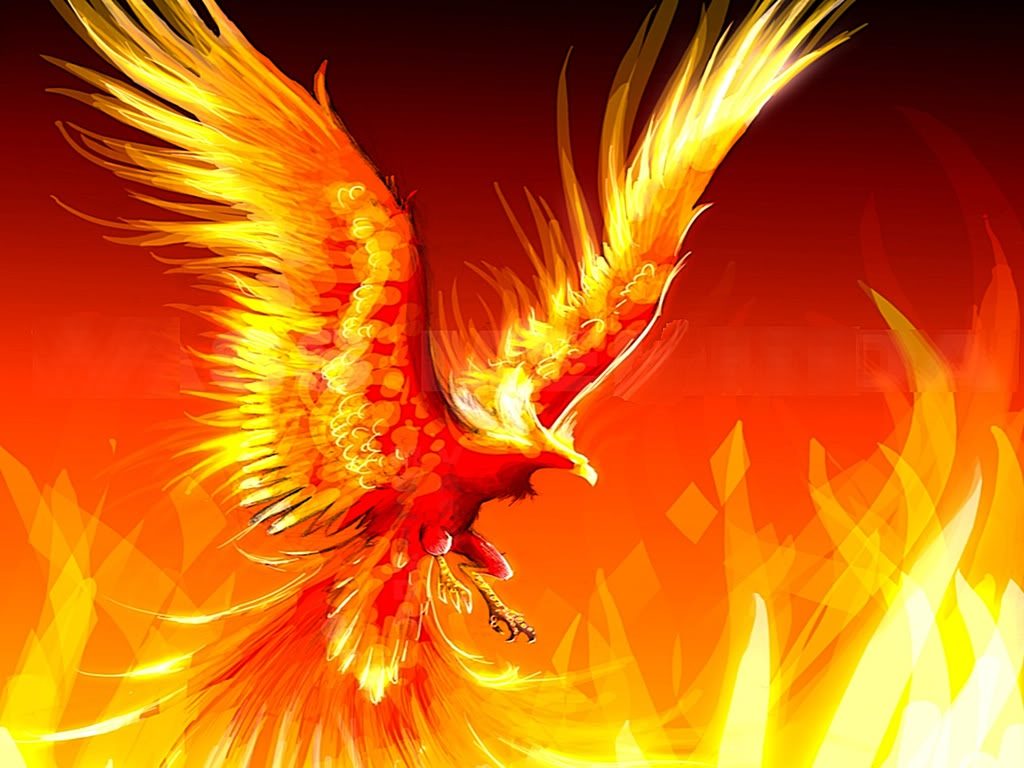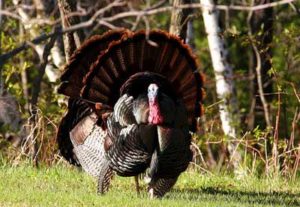
Burning Habitat: Profound Truth From A Real Fire Bird
The Phoenix, a bird of Greek mythology, was destroyed and reborn in fire: a symbol of rejuvenation and long life. It’s a tale for sure, but in truth many of our nation’s landscapes are renewed and reborn through fire. And when they are, they offer habitat for important wildlife species such as the wild turkey, which once vied to become our nation’s symbol (sorry Ben Franklin, you tried).

“A common misconception is that prescribed burns during the growing season are detrimental to wild turkey populations because they burn lots of nests,” said James Earl Kennamer, the National Wild Turkey Federation’s (NWTF) Chief Conservation Officer (currently Development Advisor to the CEO).
His research demonstrates nesting and brood habitat created by a growing season prescribed burn, despite the loss of a few nests, benefits the turkey population.
And it is not just wild turkeys that benefit; many wildlife species depend on the fire-adapted plant communities of prairie, savannas, and oak woodlands. Here are three good reasons why you should consider burning your wildlife habitat.
Burning keeps the pantry stocked with variety
For most wildlife, the nutritional value of habitat is determined by food availability within four feet of the ground, where the majority of critters forage. Burning forces plants to re-sprout, providing tender, nutritional shoots. It controls taller, competing shrubs and trees, allowing more sunlight to reach growing flowers and attracting insects (a turkey poult’s diet is 90% insects). Burning also removes dead plants and leaves, exposing nuts and soil to foraging wildlife.
Burning benefits nut trees, a major nutritional source
Oaks, and to a lesser extent, hickories, are adapted to fire. A low-intensity burn, or so called “cool burn,” is achieved through higher humidity, shorter flame lengths, and longer residence time — the amount of time flames are present in one spot. These burns preserve and promote nut trees while reducing unwanted brush and fire-intolerant species such as maple, elm, and ash.
A growing season burn conducted when the buds have started to break (April to very early May) provides the most effective control of unwanted trees and shrubs.
Long-term gains outweigh short-term losses
“While some turkey nests are lost in spring burns, evidence shows that most hens will re-nest,” says Kennamer. “Especially if the loss of the nest occurs early in the incubation cycle.”
Studies indicate that habitats kept open through burning result in greater populations of many different species over time. The beneficial effects of one burn last 3 to 5 years. Literally, life reborn through death. Profound.
